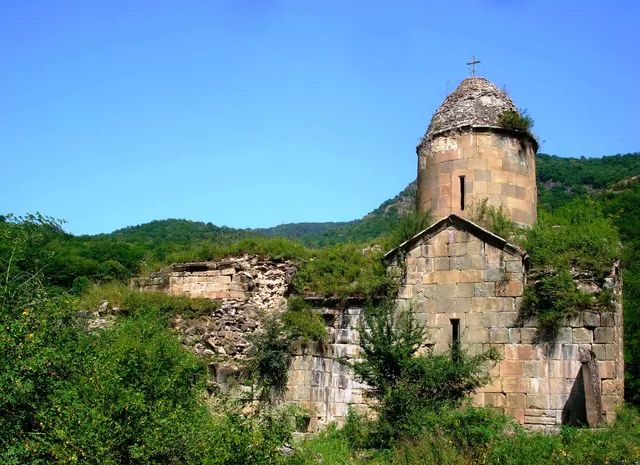The Arakelots Monastery complex and the surrounding settlement have been included in the list of 14 European heritage sites that are under threat of disappearing.
The list was compiled by Europa Nostra, a leading cultural heritage preservation organization, in collaboration with the European Investment Bank Institute.
These sites were selected for the "Seven Most Vulnerable Sites" program for 2025. The selection process involved experts in the fields of history, archaeology, architecture, finance, and project management. The main criteria for inclusion were historical and cultural significance, the level of threat, community involvement, and the potential for sustainable development.
Located in the dense forests of the Tavush region in northern Armenia, the Arakelots Monastery is an outstanding example of medieval religious and secular architecture. This 13th-century ensemble stretches along the Kiran River, just two kilometers from the village of Acharkut. Its isolated location, combined with its proximity to the Armenian-Azerbaijani border, underscores its cultural and geopolitical significance.
The nomination of the complex for inclusion in the "Seven Most Vulnerable" list was initiated by Dr. Yasmin Dum-Tragut, an expert in Armenian studies from the Center for Christian Eastern Studies at the University of Salzburg (Austria).
The program aims to conduct comprehensive studies, improve and protect the site, and develop eco-tourism in collaboration with scientific and community organizations.
Travel Tip: Planning to visit Armenia and explore its rich history? Check out secrental.com for the best car rental options in Armenia! With an easy search engine, a wide selection of vehicles, and competitive prices, you'll enjoy maximum comfort as you travel around this beautiful and historically rich country.
By including the Arakelots Monastery in the "Seven Most Vulnerable Sites" program, there is hope that efforts will be made to protect and preserve this invaluable cultural and historical landmark for future generations.




